While product development is not the only contributing factor influencing a company’s competitive position, the growth and profitability driven by products (or services) speaks volumes of an organization’s prowess to meet customer “needs or wants”. A well crafted Product Development (PD) process provides insight on how companies view and understand their internal and external competitive environment to ensure the right prioritized product mix is in place to remain competitive. The prioritization of products to be developed helps shape the future competitiveness of a company.
Prioritizing product development starts with the formation of comprehensive sets criteria including:
Strategic Alignment – Will this product enhance, support our strategic objectives? This is predicated on the company having a clear understanding of the markets they serve relative to the products they offer. Within the defined strategic timeframe of a company, not all markets are equal in business focus, resources allocation or the proposed introduction of new, improved or modified products. Strategic plans are about growing the company and profits sustainably. Proposed products are given higher emphasis “weight” if they align strategically to important markets areas.
Key Capabilities – What is the technical complexity required to develop this product? This is a critical question relative to the competitiveness of an organization. It is really inquiring about the people and process skills necessary to develop and produce this product: do they exist in the company or need to be developed/acquired? This creates a decision opportunity for management on how they will address and prepare for their future technical competitiveness.
Core Competencies – Does this product fit our core business competencies? Through the prism of customers, suppliers, or competitors, most leading organizations excel at some aspect of their business – innovative product engineering, low cost production, or product/customer service. It is what they do well, and it provides a competitive advantage. Management must determine if the product or service fits within their core competencies relative to the market, product realties, or seek ways to enhance their core competencies to be competitive.
Customer Relations – Does this product improve, maintain, or degrade relations with our customers? This is a complex question that can best be answered relative to the particulars of the product being offered and who constitutes your customer base – general public, suppliers, government, etc. New products must be assessed through the eyes of the customer and on the existing strength of the relationship. For example, when Coca Cola introduced “New Coke” several years ago, they misunderstood the customer acceptance of the legendary Coke product being changed. When complaints poured in, the strength of the customer relationship afforded Coca Cola to quickly withdraw the product and avoid any negative competitive long-term impact to their business.
Costs – What is the investment and the ROI if this product is developed? This is the basic cost/benefit analysis expected of any new product. Again it is a direct link to the company’s strategic objectives relative to profitability and growth. In a world of competing resources, companies must prioritize the right products to develop in order to maximize their financial goals and avoid excessive operational costs that reduce their competitive standing.
Risks – What are the issues and concerns associated with developing (or not developing) this product? Aside from the normal legal, regulatory concerns that any new product may have, it is also the “lost opportunity” in sales or market entry that can directly impact a company’s competitiveness if the product is not developed. All risks need to be assessed with preventive and contingent actions be planned and applied to mitigate potential problems.
Recap – Competitiveness enables high emphasis products and services to be produced for high emphasis markets strategically targeted to be better served. Product development projects need to be weighted, ranked, and prioritized relative to each other per the following criteria:
1) Strategic Alignment – does this product support our business goals?
2) Key Capabilities – do we have the people and process skills to perform?
3) Core Competencies – can we exercise our competitive advantage?
4) Customer Relations – are we “positively” addressing a customer need/want?
5) Costs – does this product financially benefit the company in a timely manner?
6) Risks – what are the potential problems and what can we do to mitigate them?



